Setting up a community tank is an exciting venture for any aquarium hobbyist. However, managing the feeding and tank cleaning needs of multiple fish species can be quite a challenge. Neglecting these crucial aspects can lead to a host of problems, including malnutrition, disease, and even death. But don’t worry, we’re here to help! In this blog post, we’ll share expert tips on how to manage the feeding and tank cleaning needs of a community tank. With these tips, you can ensure that your fish are healthy, happy, and thriving in their communal habitat. So, let’s dive in!
Maintaining a community tank can be a challenging task, but with the right knowledge and guidance, it can be a rewarding experience. One of the most critical aspects of managing a community tank is ensuring that the feeding and tank cleaning needs are adequately met. Here are some expert tips to help you manage your community tank efficiently.
1. Establish A Feeding Schedule
Establishing a regular feeding schedule is crucial to maintaining a healthy community tank. Overfeeding can lead to poor water quality, while underfeeding can result in malnourishment and aggression among fish. A good rule of thumb is to feed small amounts of food twice a day, ensuring that the food is consumed within two to three minutes.
2. Choose The Right Food
Different species of fish have different nutritional requirements. It is essential to select food that meets the specific needs of your community tank. Pellets, flakes, and frozen foods are popular options, and a balanced diet should include protein, vitamins, and minerals.
3. Monitor Water Quality
Water quality is essential to the health of your community tank. Regularly testing the pH, ammonia, nitrate, and nitrite levels is necessary to maintain a healthy environment for your fish. Ensure that you perform regular water changes to remove any excess waste and debris.
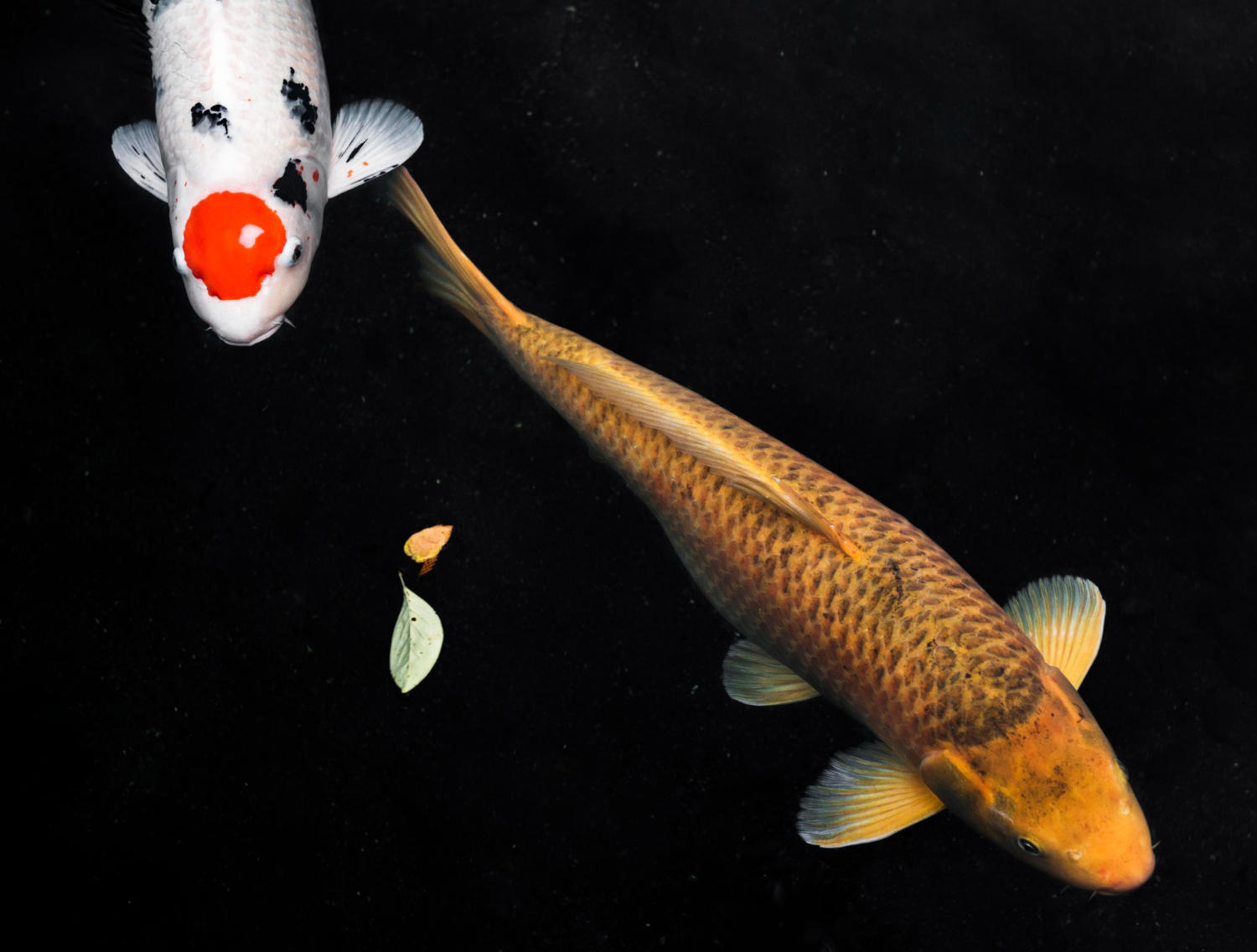
4. Establish A Tank Cleaning Schedule
Establishing a regular tank cleaning schedule is crucial to maintaining a healthy community tank. Over time, waste and uneaten food can accumulate on the bottom of the tank, leading to poor water quality. A good rule of thumb is to perform a 25% water change every two weeks, ensuring that you vacuum the substrate and clean the filter.
5. Consider The Size Of Your Community Tank
The size of your community tank will determine the number and size of fish that you can keep. Overcrowding can lead to poor water quality and aggression among fish. A good rule of thumb is to have one inch of fish per gallon of water, ensuring that you factor in the adult size of the fish.
6. Observe Your Fish
Observing your fish regularly is essential to identifying any potential health issues or aggression. Look out for any signs of illness, such as lethargy, loss of appetite, or abnormal swimming patterns. Ensure that any sick fish are isolated and treated promptly.
In conclusion, managing a community tank requires patience, dedication, and a willingness to learn. By establishing a regular feeding and tank cleaning schedule, monitoring water quality, and observing your fish regularly, you can maintain a healthy and thriving community tank.
As you can see, managing the feeding and tank cleaning needs of a community tank requires some effort, but it is a crucial aspect of keeping your fish healthy and happy. By following the expert tips we’ve outlined in this post, you’ll be able to keep your community tank clean, well-fed, and thriving. Remember to always monitor your fish’s behavior and adjust your care routine accordingly. With patience and perseverance, you can create a beautiful and harmonious environment for your aquatic pets to flourish in. Happy fish-keeping!


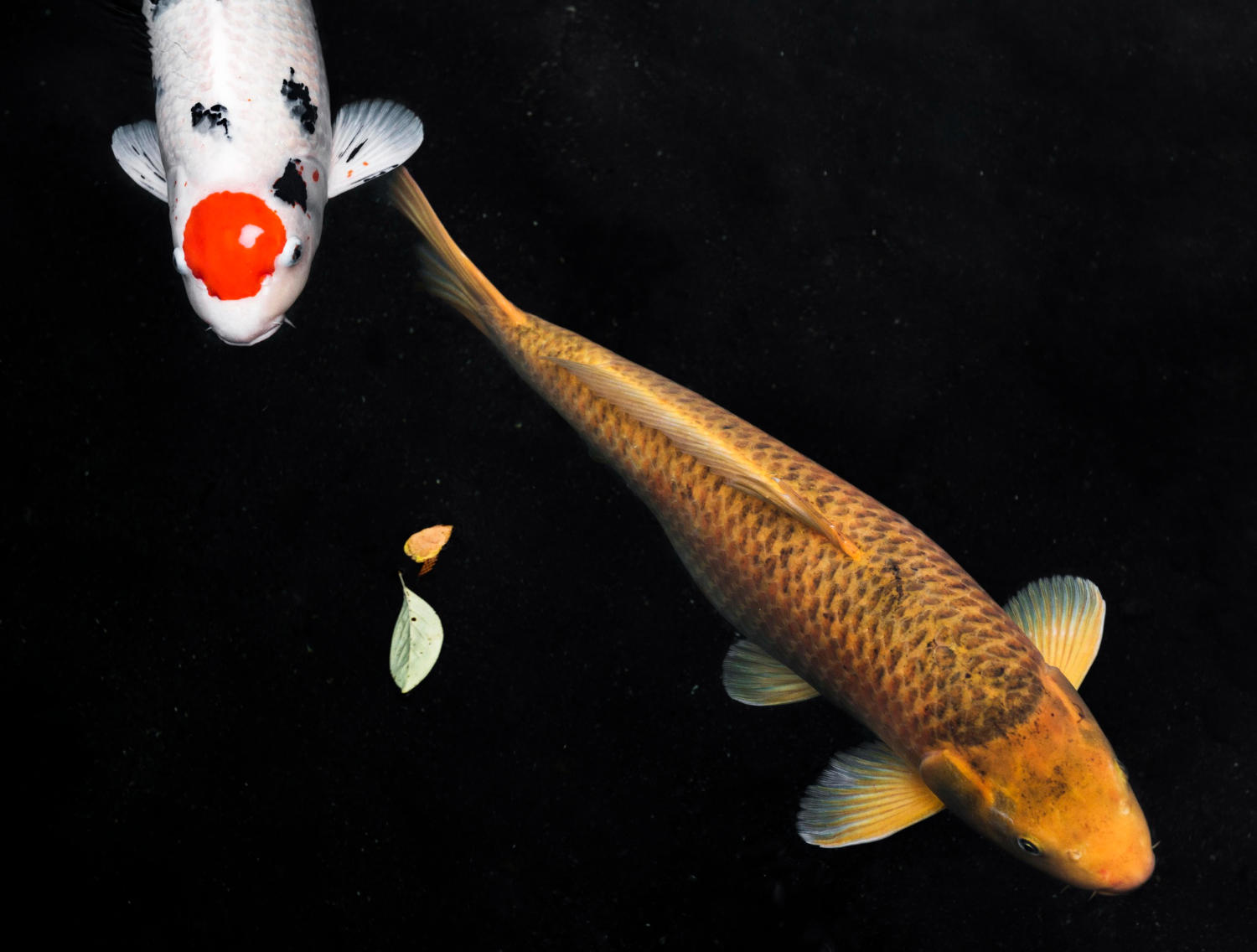
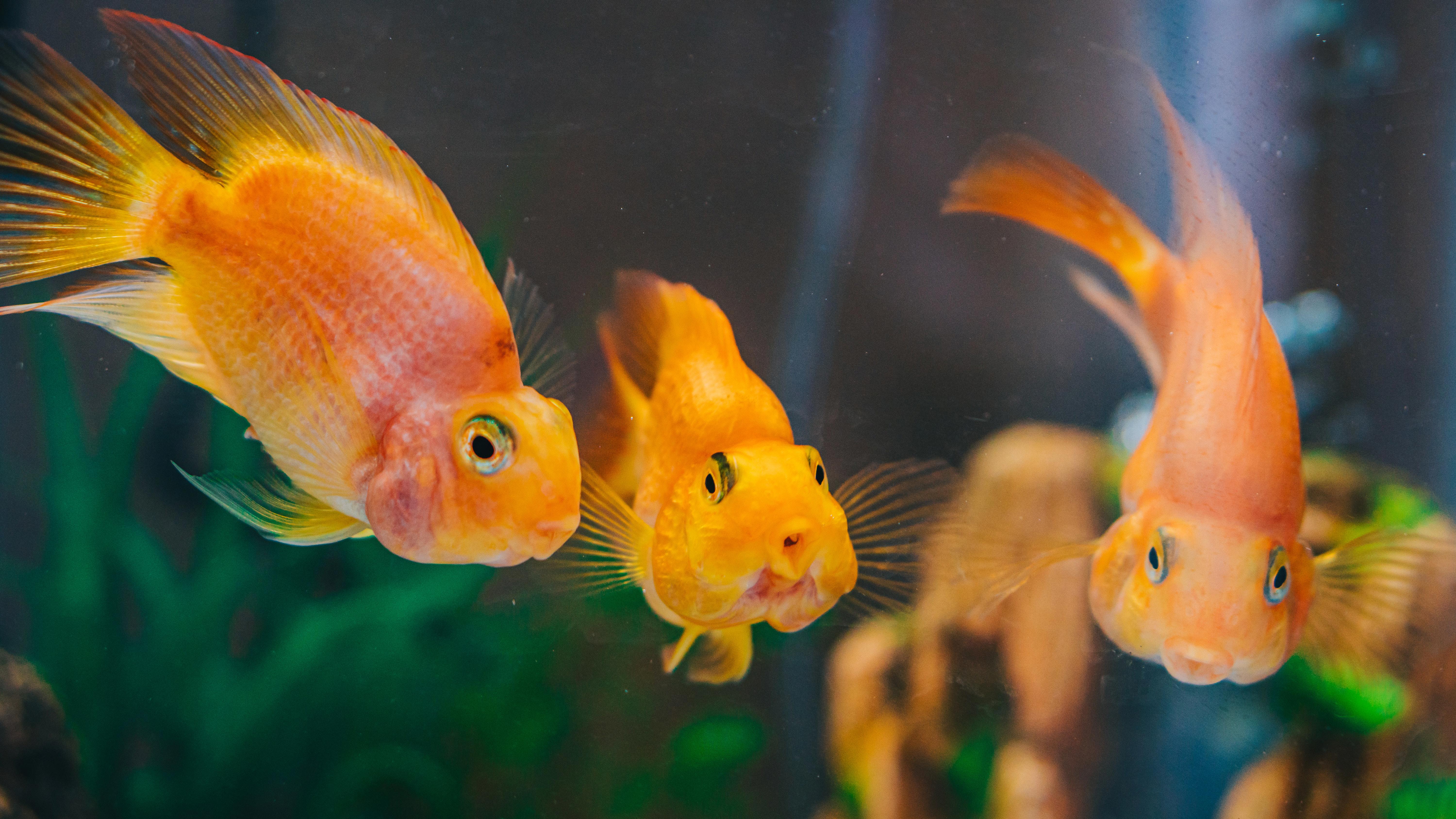
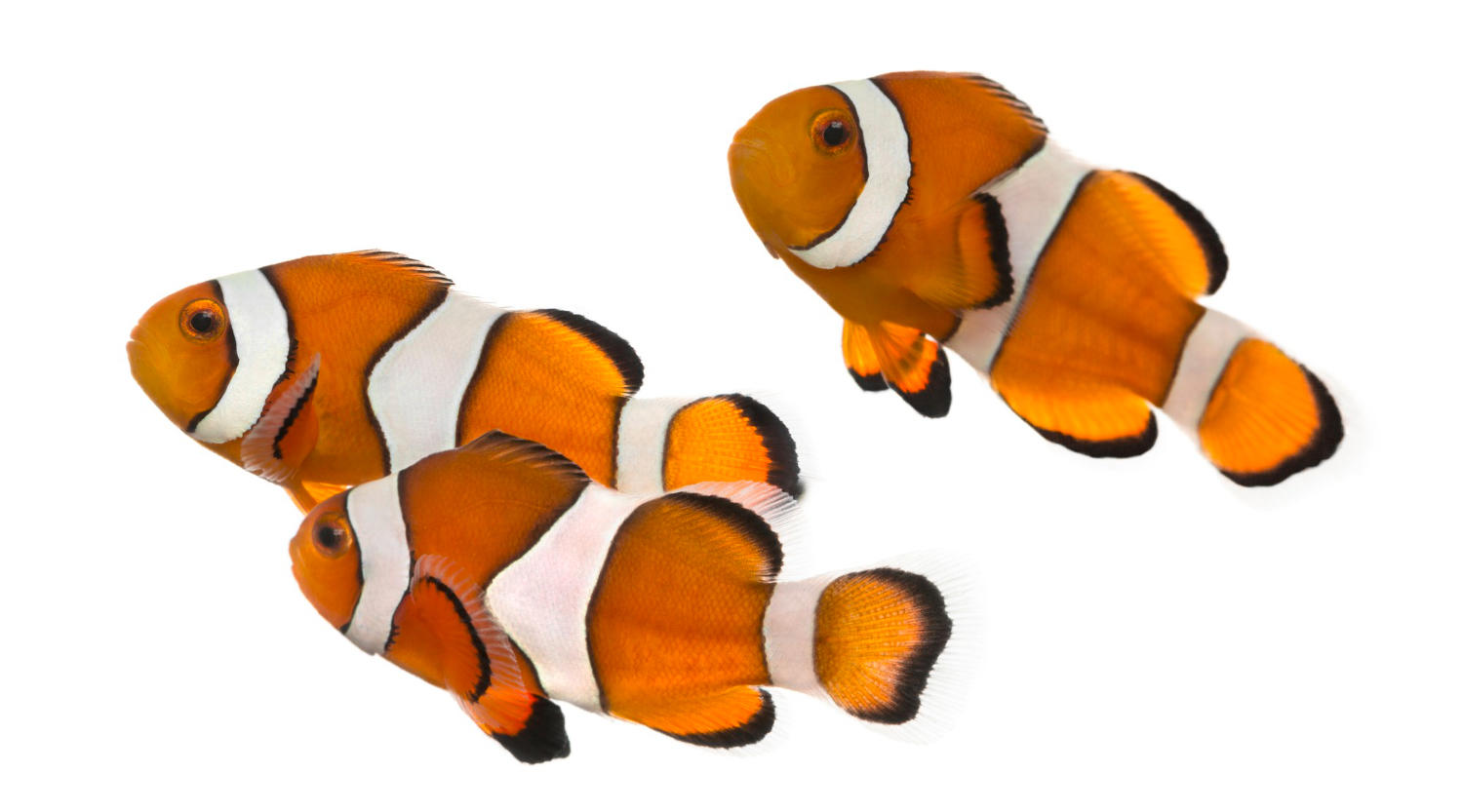
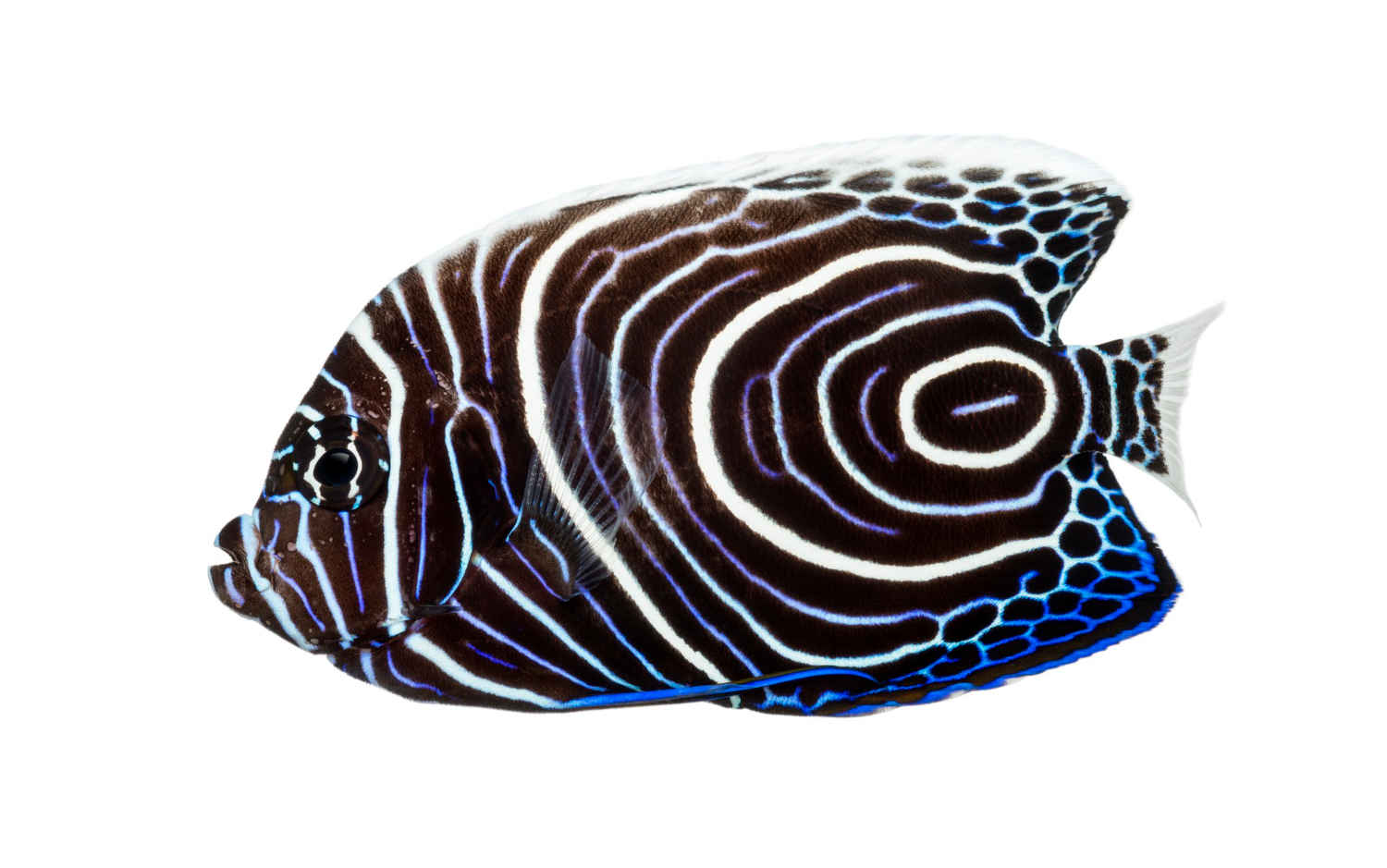
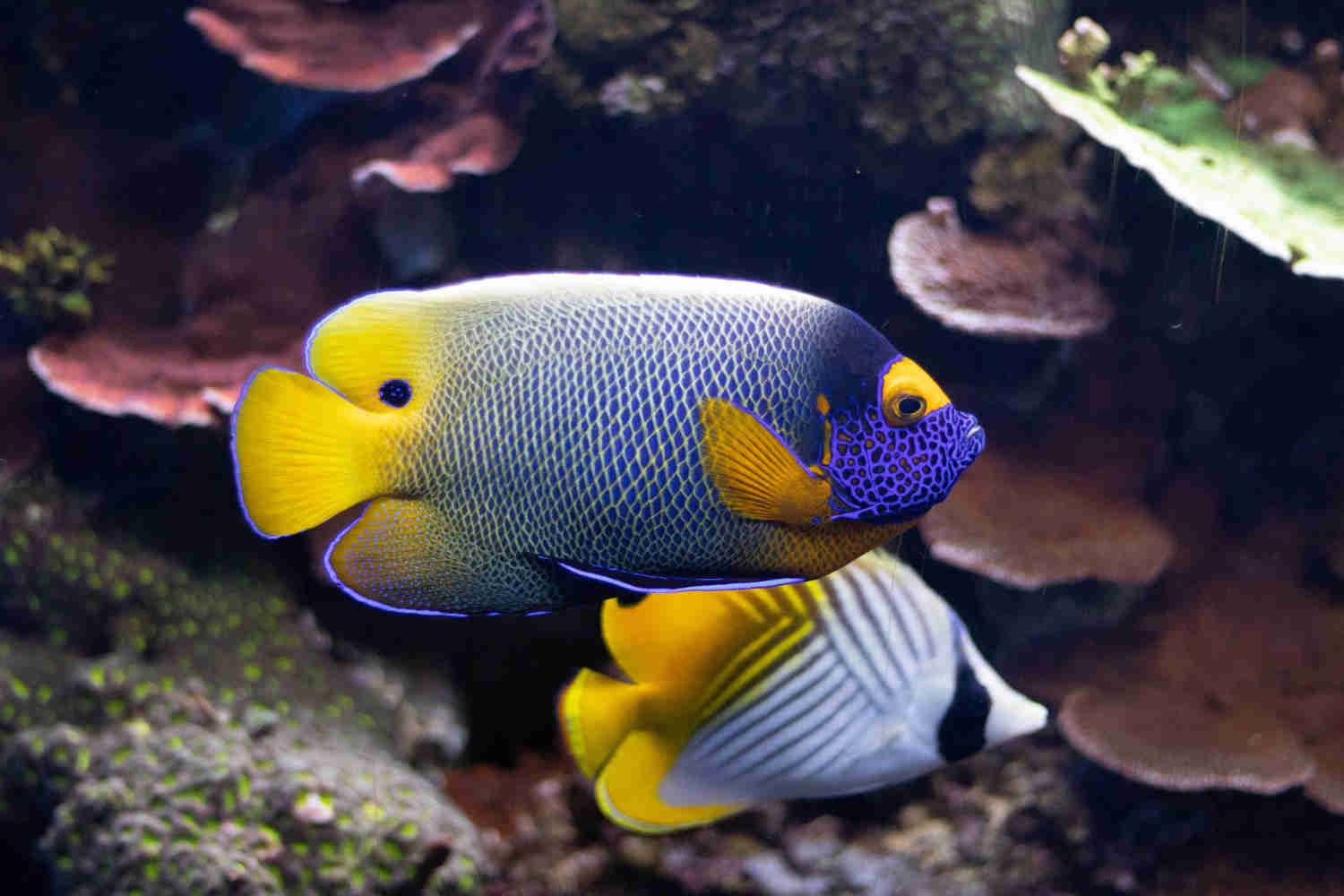
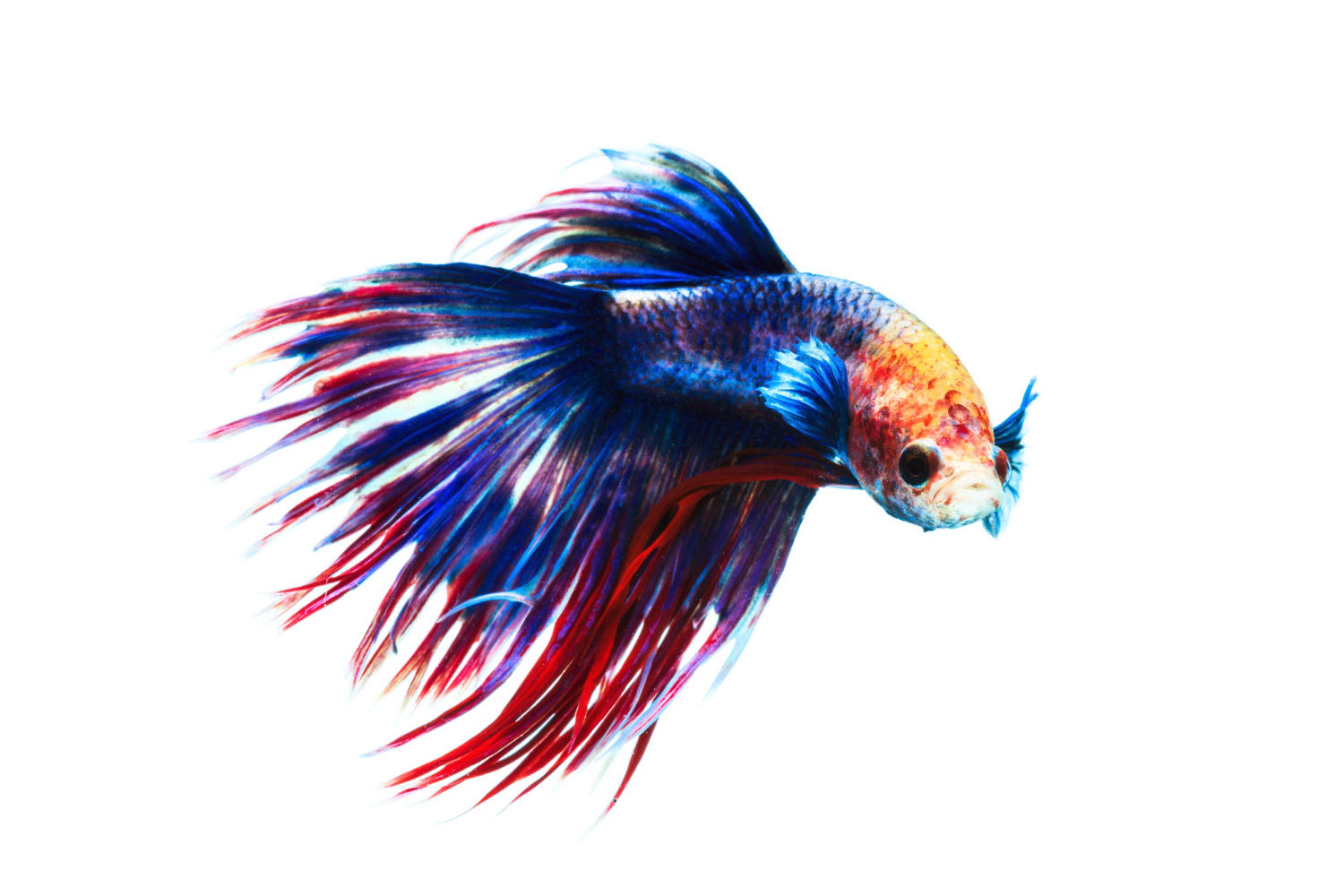
.jpg)